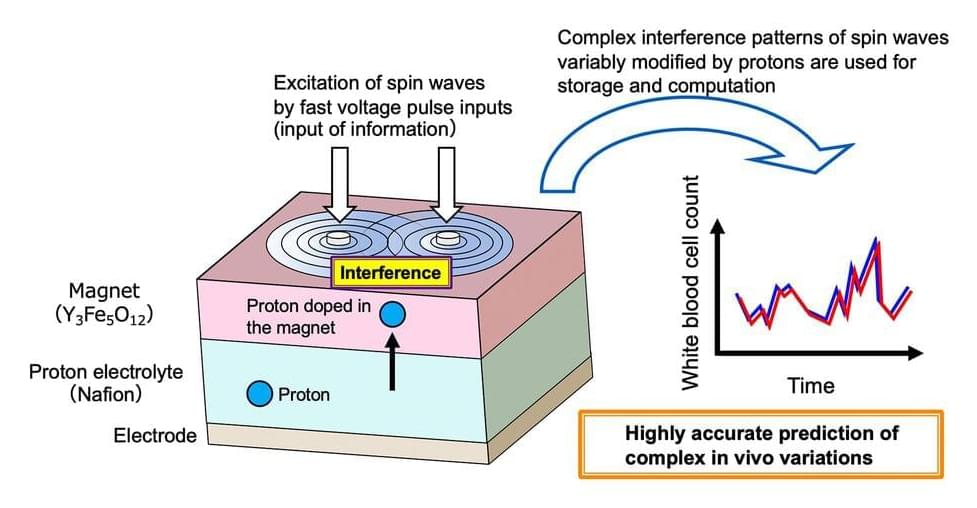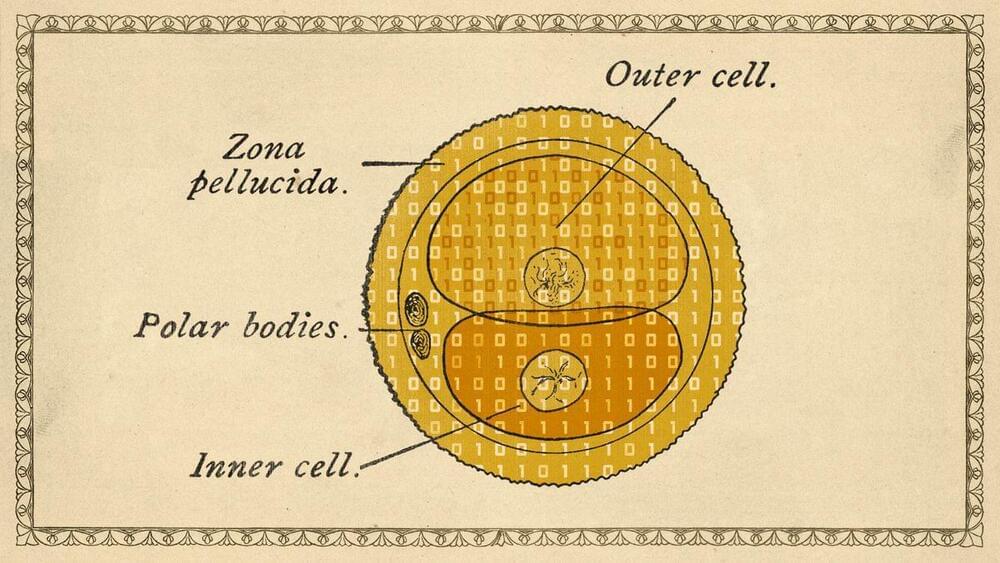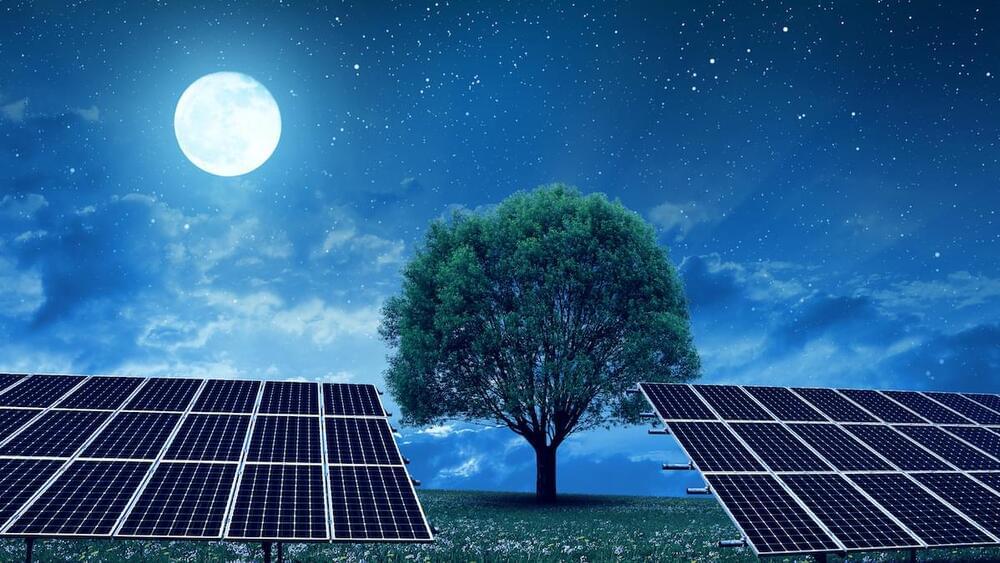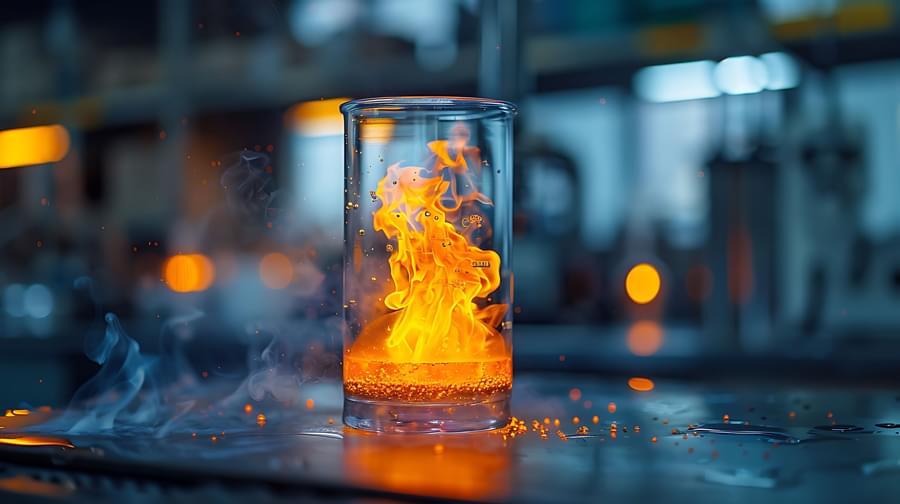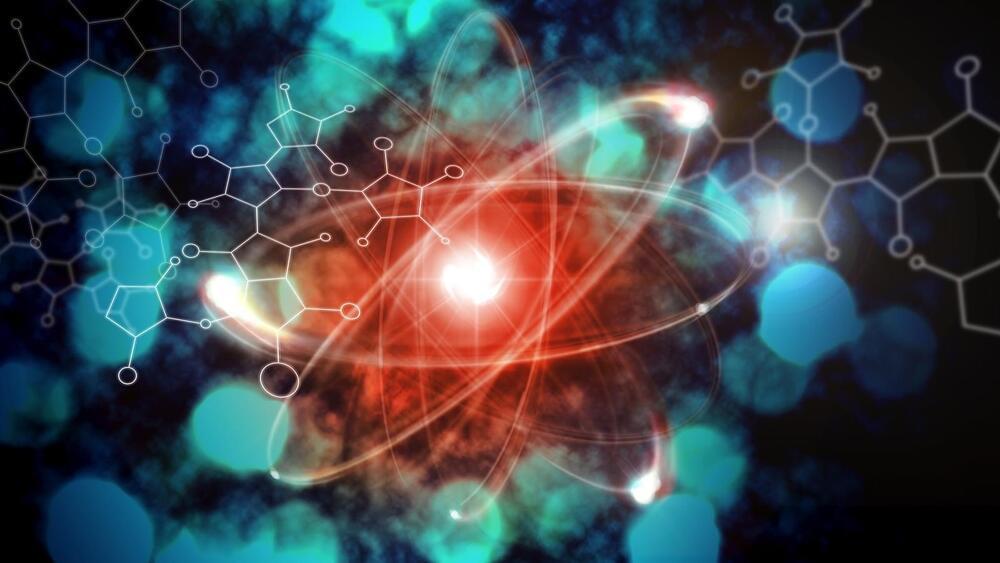
When burned or used in fuel cells, hydrogen produces nothing but water, making it an ideal candidate for reducing global carbon emissions. Yet, most of the hydrogen produced today comes from fossil fuels, releasing significant amounts of carbon dioxide into the atmosphere. But now, researchers may have found a way to create carbon-free hydrogen.
A group of researchers, led by Professors Takashi Hisatomi and Kazunari Domen, built a 100-square-meter reactor that uses sunlight and photocatalysts to split water into hydrogen and oxygen. This process bypasses traditional photovoltaic-based methods, which convert sunlight into electricity before splitting water.
The new process relies on sheets of a photocatalyst called SrTiO3:Al, which are submerged in water. Sunlight activates the photocatalyst, splitting water into its molecular components. The gases can then be collected for storage and use. Because it utilizes sunlight for power, this method creates clean, carbon-free hydrogen.



